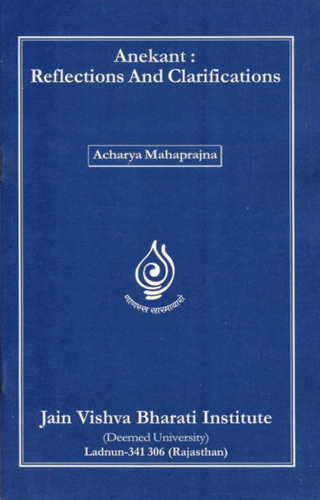Anekānta took birth on the basis of inter-dependence of substantial and modal view-points. Syādvāda expresses that very interdependence. Anekānta has two aspects: permanent and temporary, existence and non-existence, general and particular, one and many, expressible and inexpressible. What unites these aspects is proved through syādvāda. Gautama is reported to ask; Is the ratnaprabhā earth permanent or temporary? Mahavira answered; it is partly permanent and partly temporary, syādvāda accepts both the thesis and the antithesis. How could the contradictory attributes of permanence and transitoriness co-exist together? The question is answered by Mahāvīra; Ratnaprabhā earth is permanent from substantial point of view, temporary from modal point of view. Naya, anekānta and syādvāda—all these three are useful in the field of metaphysics.
Anekant: Reflections And Clarifications: What Is Syādvāda ?
Author:
 Acharya Mahaprajna
Acharya Mahaprajna
 Acharya Mahaprajna
Acharya Mahaprajna
Published: 21.12.2009
Sources
Page statistics
This page has been viewed 1935 times.
 Publisher:
Publisher: 